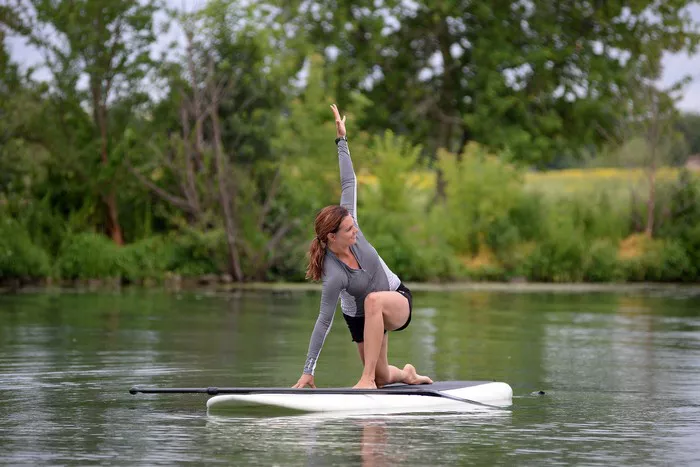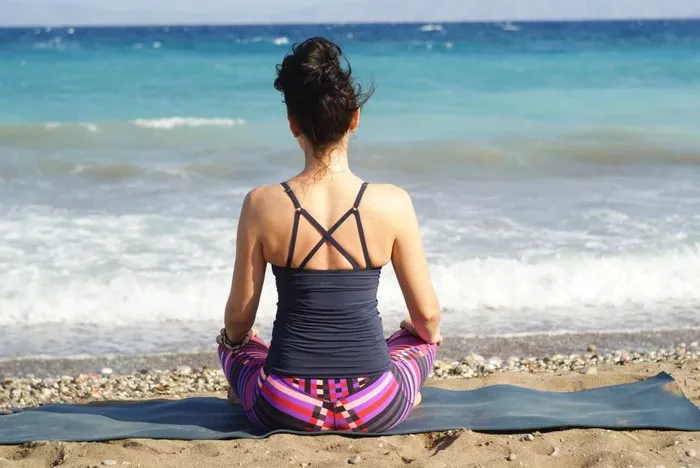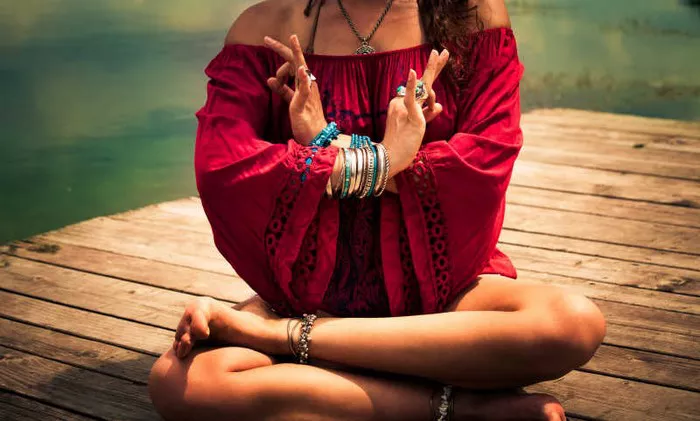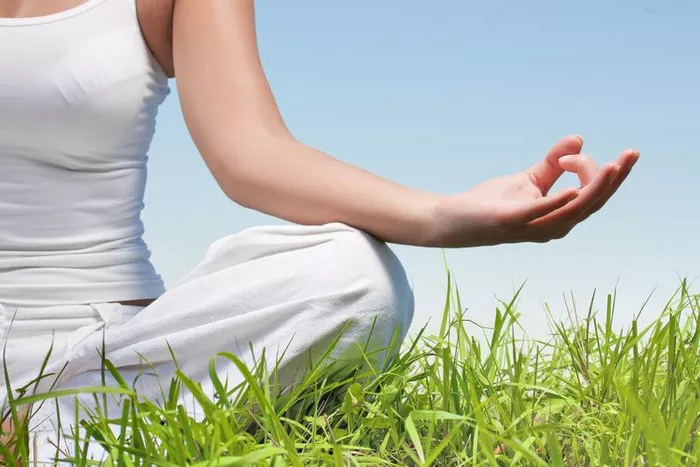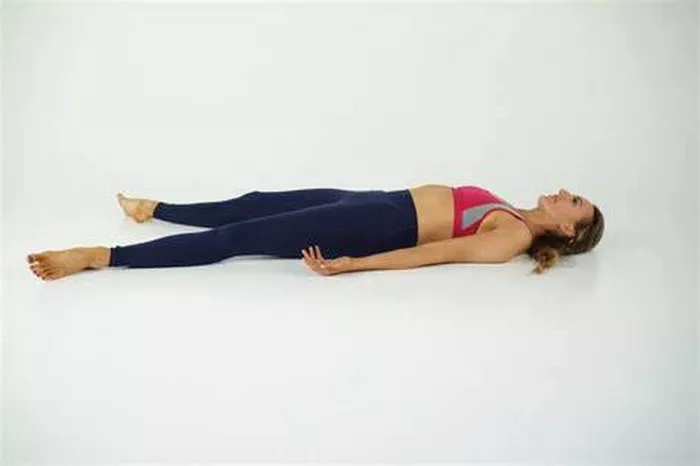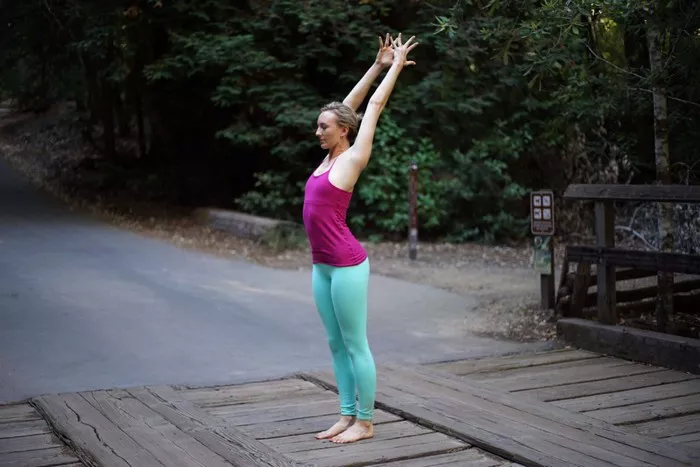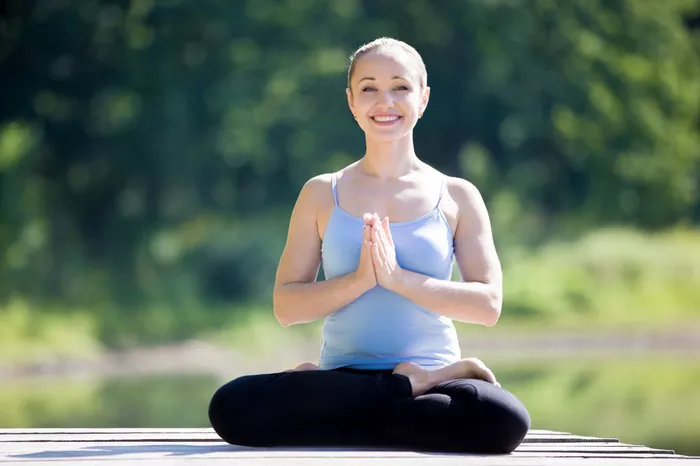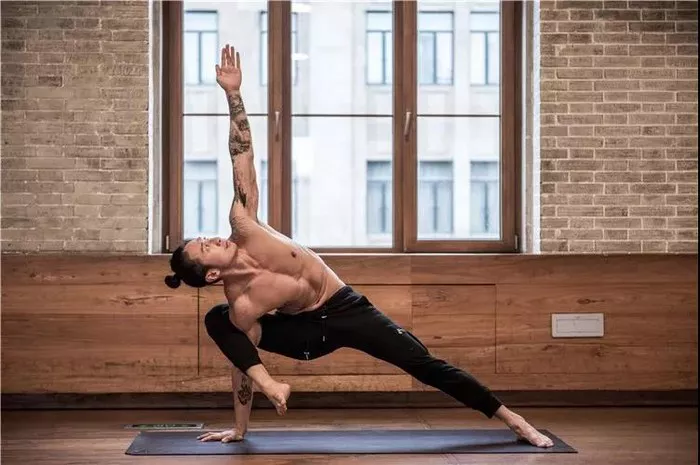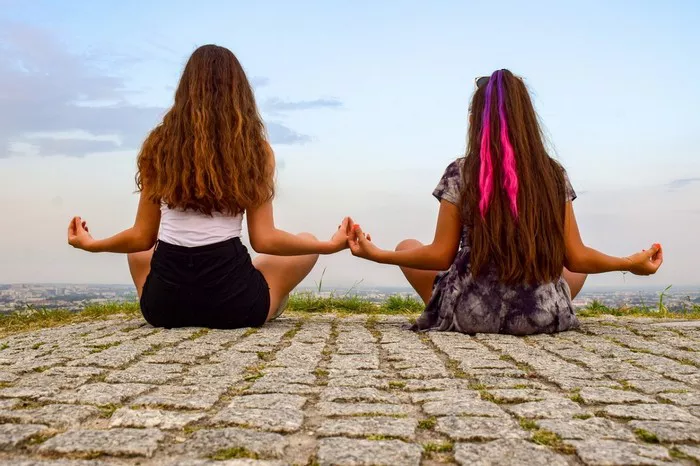Iyengar Yoga is one of the most respected and systematic styles of yoga, known for its precision, alignment, and use of props to facilitate practice. Developed by B.K.S. Iyengar, this method has gained worldwide recognition for its structured approach to asana (postures) and pranayama (breathing techniques). One of the key aspects of Iyengar Yoga is its progressive learning structure, which is divided into different levels to help students develop their practice safely and effectively.
In this article, we will explore the various levels of Iyengar Yoga, their significance, and how they guide practitioners on their journey from beginners to advanced practitioners and even teachers.
The Structure of Iyengar Yoga Levels
Iyengar Yoga is taught in a systematic manner, ensuring that students build a strong foundation before moving on to more advanced practices. The levels in Iyengar Yoga generally follow a progression from basic to advanced, allowing students to deepen their understanding of the practice over time. These levels can vary slightly depending on the yoga institute or teacher, but they generally follow a similar structure.
1. Beginner Level (Introductory Level 1 and 2)
The beginner level is designed for students who are new to Iyengar Yoga or yoga in general. At this stage, students focus on building a strong foundation in the fundamental postures, proper alignment, and basic breathing techniques. The key elements of this level include:
- Basic standing poses: These include foundational asanas such as Tadasana (Mountain Pose), Trikonasana (Triangle Pose), and Virabhadrasana I & II (Warrior Poses).
- Seated poses: Simple seated postures such as Sukhasana (Easy Pose) and Dandasana (Staff Pose) are introduced.
- Basic forward bends and gentle backbends: Forward bends like Uttanasana (Standing Forward Bend) and gentle backbends such as Bhujangasana (Cobra Pose) help improve flexibility and spine health.
- Introduction to props: Students learn how to use yoga props like blocks, straps, and blankets to support their practice.
- Breath awareness: Simple pranayama techniques like Ujjayi breathing are introduced.
- Emphasis on alignment and stability: Understanding how to engage muscles and align the body correctly is a priority.
Students are encouraged to practice regularly and develop body awareness before moving on to the next level.
2. Intermediate Level (Level 1 and 2)
At the intermediate level, students begin to explore a broader range of asanas and develop greater control over their bodies and breath. This stage builds upon the foundation established in the beginner level and includes:
- More complex standing poses: Variations of standing postures such as Parivrtta Trikonasana (Revolved Triangle Pose) and Ardha Chandrasana (Half Moon Pose) are introduced.
- Deeper forward bends and backbends: Postures like Paschimottanasana (Seated Forward Bend) and Ustrasana (Camel Pose) are practiced with greater intensity.
- Inversions: Introduction to basic inversions such as Sarvangasana (Shoulder Stand) and preparatory poses for Sirsasana (Headstand).
- Twists and lateral stretches: Asanas such as Bharadvajasana (Seated Twist) and Parsvakonasana (Side Angle Pose) enhance spinal flexibility.
- More refined use of props: Props are used to deepen the practice and improve alignment.
- Pranayama practice expands: More structured breath control techniques are introduced, including Anulom Vilom (Alternate Nostril Breathing).
- Improved concentration and endurance: Holding poses for longer periods helps build mental and physical endurance.
Intermediate practitioners should have a regular home practice and a deeper understanding of the principles of Iyengar Yoga.
3. Advanced Level (Level 3 and beyond)
The advanced level of Iyengar Yoga is for experienced practitioners who have dedicated years to consistent practice. At this stage, the practice becomes more refined and intense, including:
- Advanced asanas: Complex postures like Eka Pada Rajakapotasana (One-Legged King Pigeon Pose), Natarajasana (Lord of the Dance Pose), and deeper backbends like Kapotasana are introduced.
- Mastery of inversions: Practitioners refine their Sirsasana (Headstand) and Adho Mukha Vrksasana (Handstand) with longer holds and variations.
- Deeper twists and binds: Poses like Marichyasana D and Parivrtta Parsvakonasana require greater flexibility and breath control.
- Advanced pranayama: Techniques such as Bhastrika (Bellows Breath) and Kapalabhati (Skull-Shining Breath) are practiced under guidance.
- Meditative focus: The emphasis shifts towards deeper concentration and mindfulness in practice.
- Therapeutic applications: Understanding how yoga can be used to address specific physical and mental conditions.
4. Teacher Training and Certification Levels
For those who wish to teach Iyengar Yoga, there is a rigorous certification process. The training process is divided into various stages:
- Introductory Teacher Training: Covers fundamental teaching skills, sequencing, and beginner-level asanas.
- Intermediate Teacher Certification: Requires a deeper understanding of the body, adjustments, and the ability to guide students in inversions and pranayama.
- Advanced Teacher Certification: Only awarded to highly experienced practitioners with decades of practice and a thorough understanding of yoga philosophy and therapeutic applications.
Iyengar Yoga teachers undergo continuous learning and assessment to ensure high teaching standards are maintained worldwide.
Conclusion
Iyengar Yoga offers a well-structured path for students to progress from beginners to advanced practitioners and even certified teachers. The system of levels ensures that students develop their practice safely and systematically, gaining strength, flexibility, and mental clarity along the way. Whether you are just starting or aiming to deepen your practice, Iyengar Yoga provides a lifelong journey of learning and self-discovery.
Related Topics:

